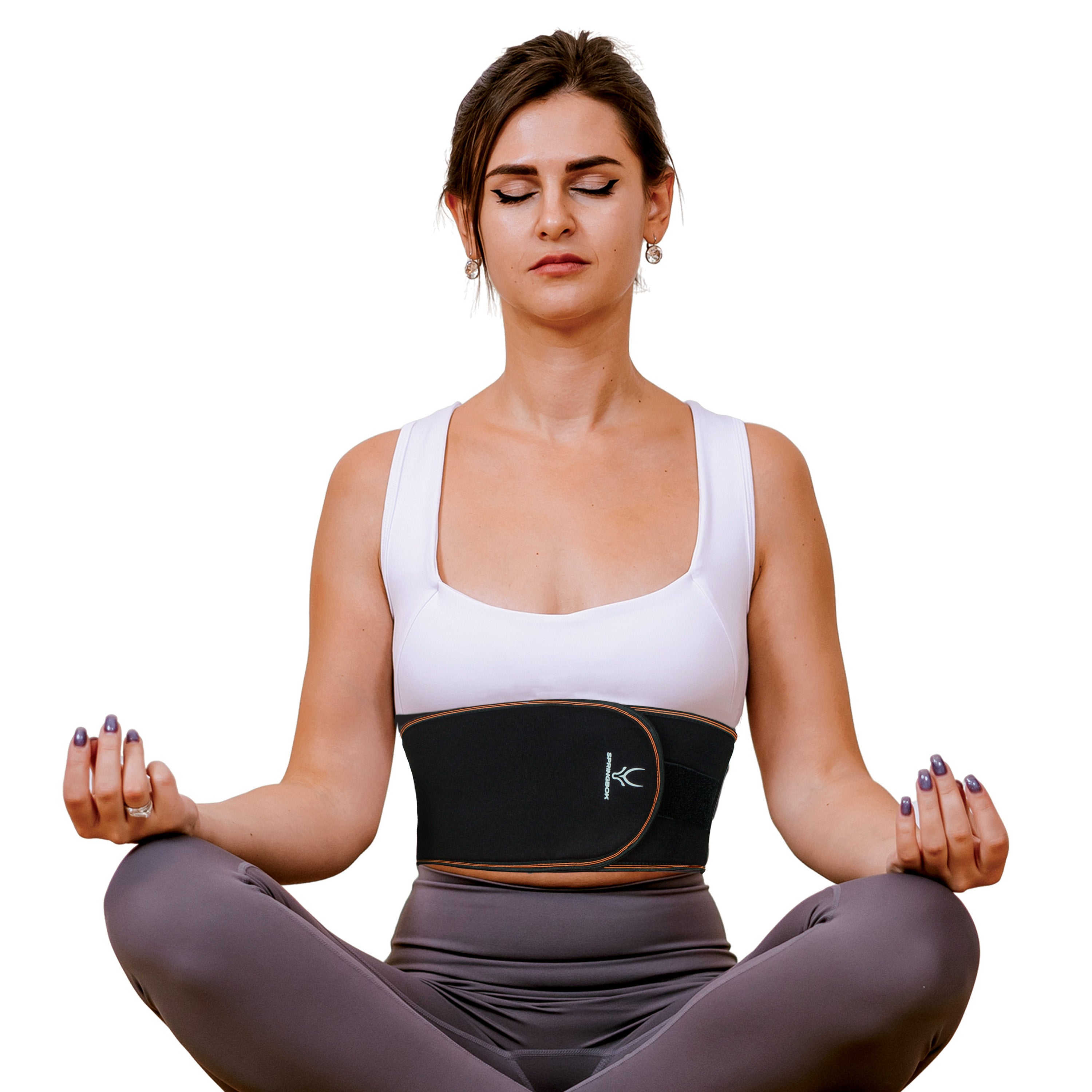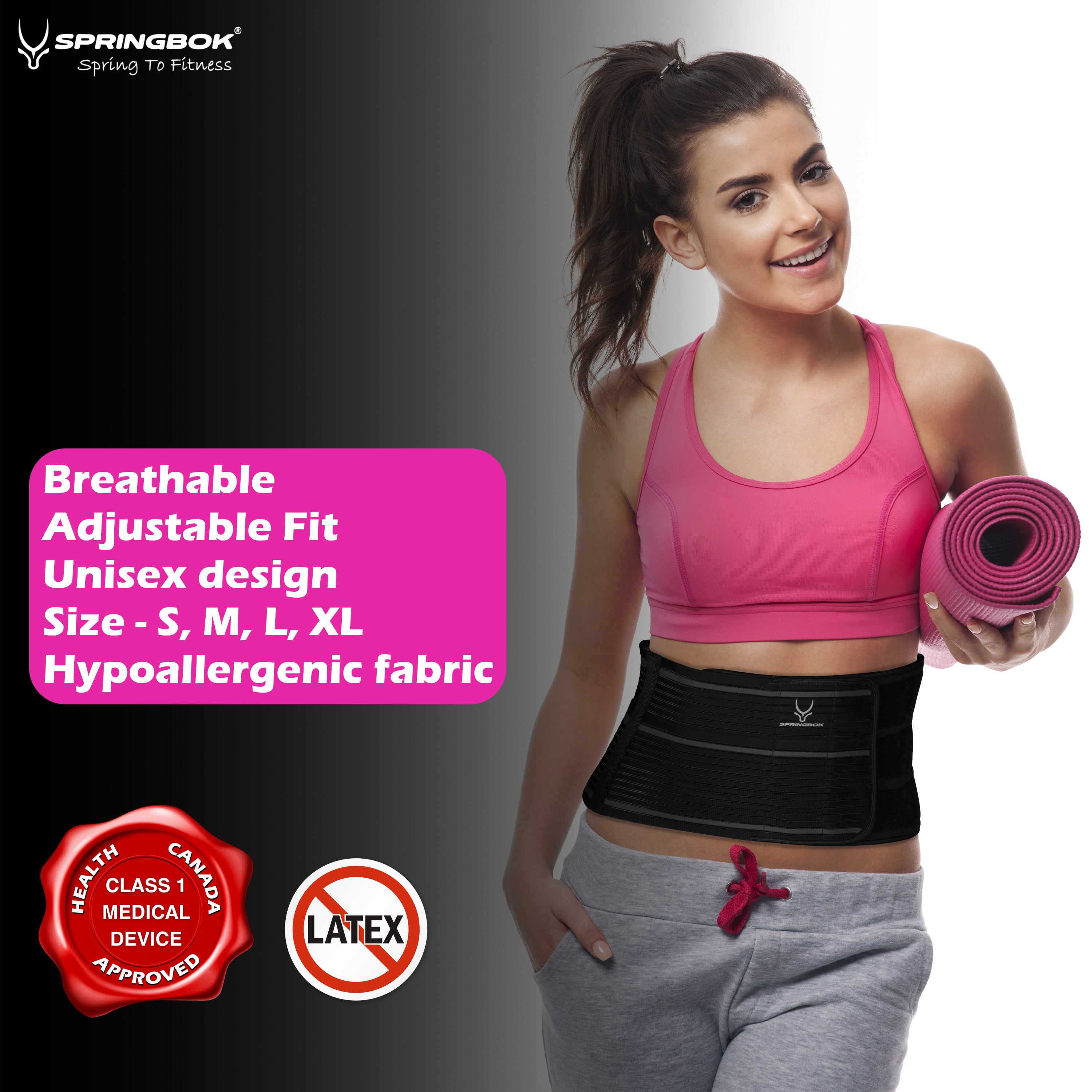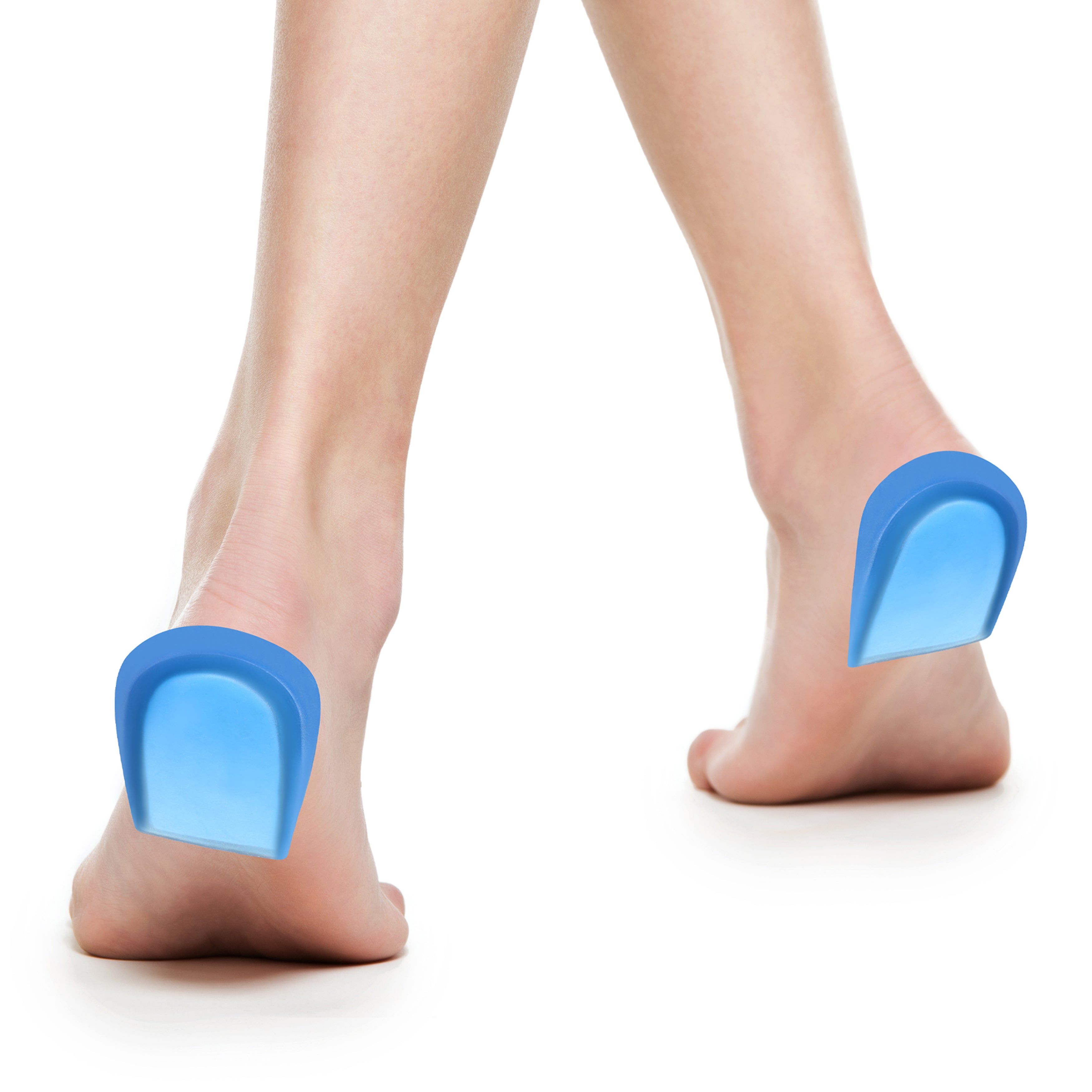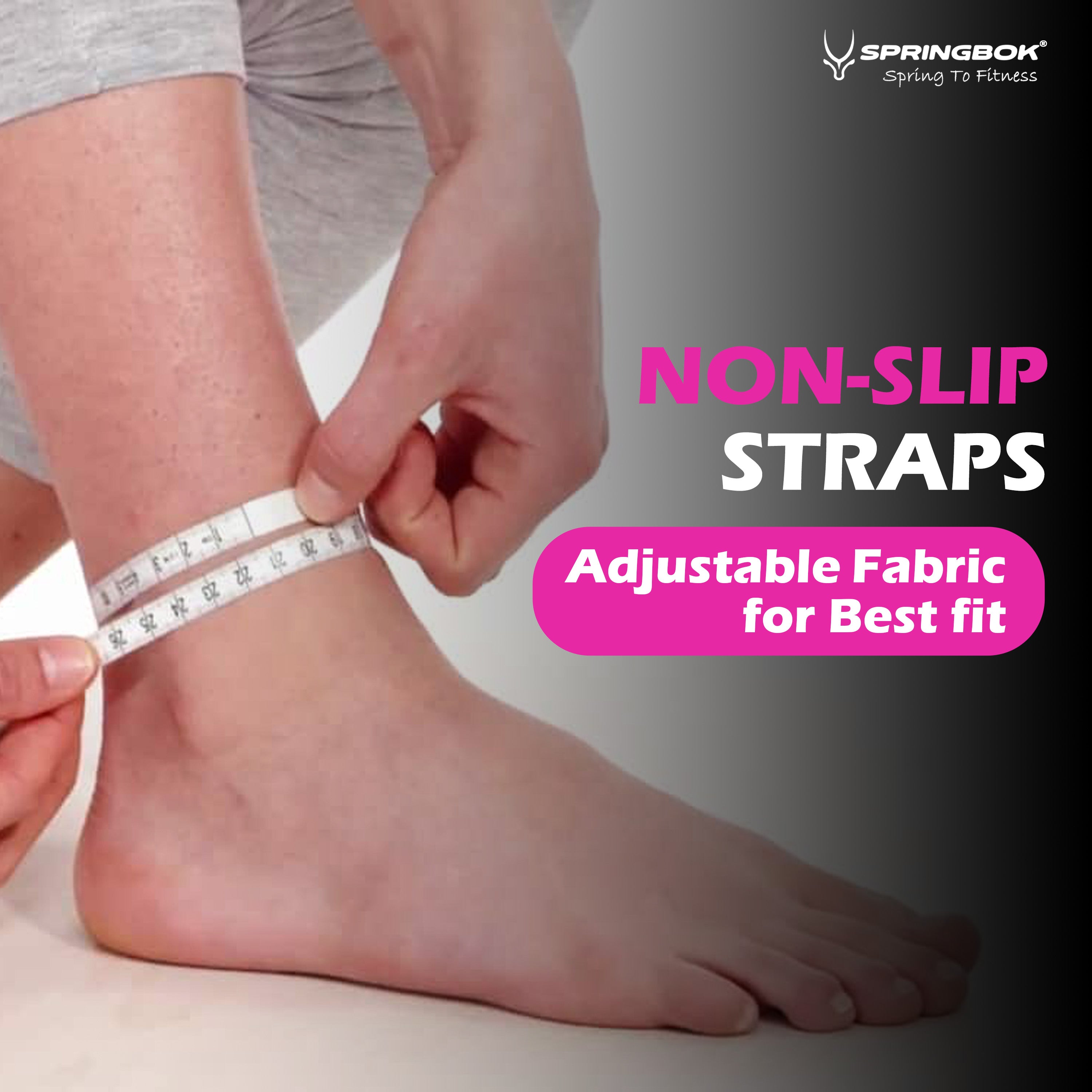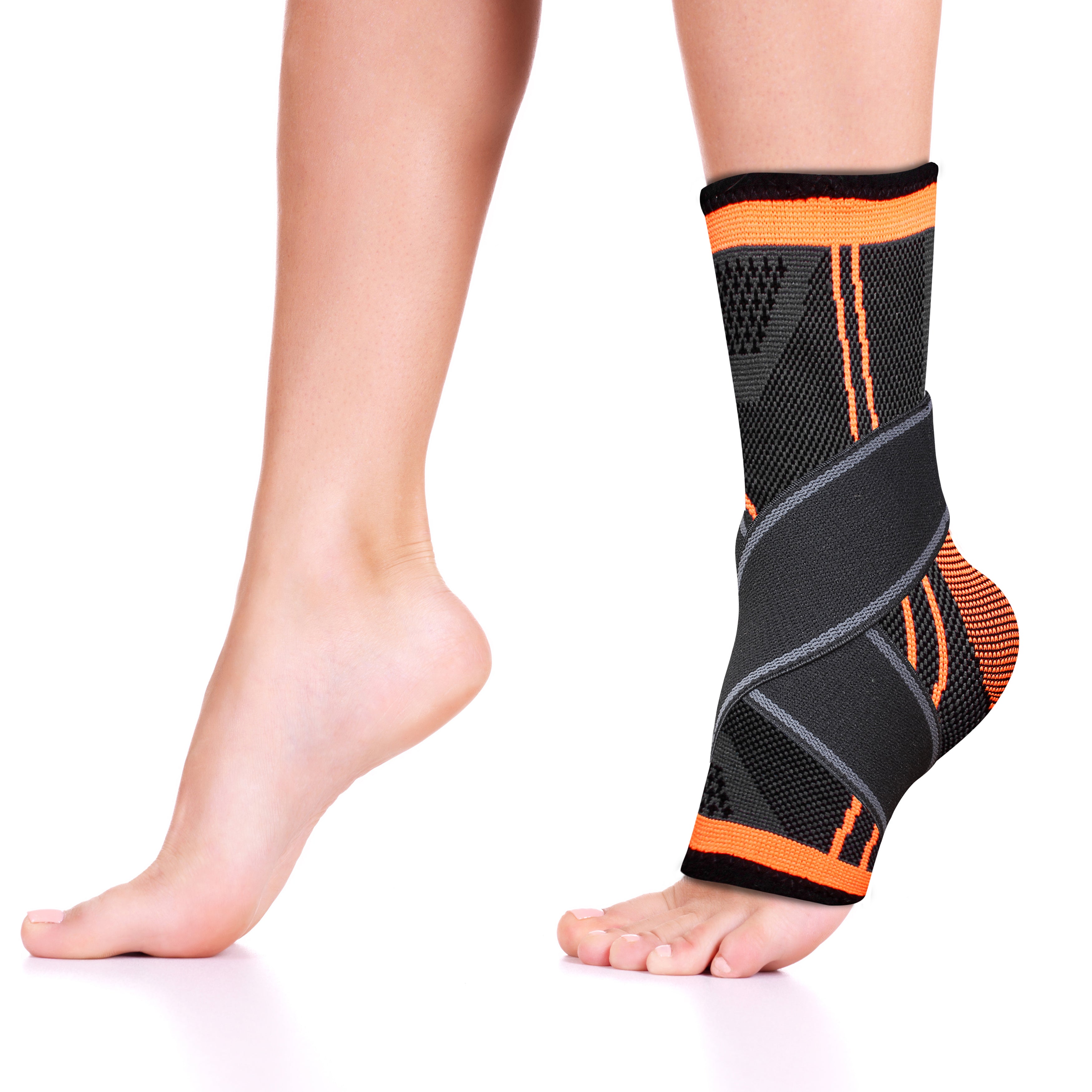
How Compression Braces Help with Everyday Activities

Compression braces play a significant role in enhancing the quality of life for many individuals. Whether you're recovering from an injury, managing chronic pain, or simply looking to improve your comfort during daily tasks, these braces offer valuable support. They are designed to provide stability and compression to various parts of the body, helping to reduce pain and prevent further injury.
One of the primary benefits of compression braces is their ability to provide consistent support to joints and muscles. This support helps in maintaining optimal alignment and movement patterns, which can be especially useful during activities that involve repetitive motions. For example, people who spend long hours typing on a computer can benefit from wrist braces that alleviate strain and prevent the development of conditions like carpal tunnel syndrome.
Another advantage is pain management. Compression braces apply gentle pressure to the affected area, which can help improve blood circulation and reduce inflammation. This makes them particularly helpful for individuals with arthritis or those recovering from surgical procedures. By offering a non-invasive way to manage pain, these braces enable people to continue with their everyday activities without constant discomfort.
Understanding how compression braces can be integrated into your daily routine is crucial. Not only do they provide immediate relief and support, but they also contribute to long-term health by preventing further injuries and enhancing overall mobility. Let's delve into the various ways compression braces can benefit you and how to choose the right one for your needs.
Benefits of Compression Braces for Everyday Use
Compression braces offer a multitude of benefits that can significantly improve daily life. One of their main advantages is providing targeted support to specific areas of the body. For individuals with joint issues, these braces help maintain proper alignment and movement, reducing the risk of strain and injury. This support is particularly beneficial for those who engage in repetitive activities, such as typing or lifting, which can lead to chronic conditions over time.
Another notable benefit is pain relief. Compression braces apply consistent pressure to the affected area, which can help reduce inflammation and improve blood flow. This is especially useful for managing arthritis, tendonitis, or muscle fatigue. By alleviating pain without the need for medication, these braces allow individuals to remain active and perform everyday tasks more comfortably.
In addition, compression braces can enhance recovery from injuries. They restrict unnecessary movements that might aggravate the injury, allowing the tissues to heal more effectively. Whether recovering from surgery or a minor sprain, wearing a compression brace can speed up the healing process and provide the stability needed to return to normal activities sooner.
Types of Compression Braces and Their Specific Uses
Different types of compression braces serve various purposes and are designed to target specific areas of the body. Here are some common types and their specific uses:
1. Knee Braces: Knee braces are widely used by individuals suffering from arthritis, ligament injuries, or recovering from knee surgery. They provide stability and reduce the load on the knee joint, making activities like walking and climbing stairs easier.
2. Ankle Braces: These braces are essential for those prone to ankle sprains or recovering from ankle injuries. They help stabilize the joint, prevent rolling, and reduce swelling. Athletes often wear ankle braces to prevent injuries during sports activities.
3. Wrist Braces: Wrist braces are particularly useful for people who spend long hours typing or engaging in activities that strain the wrist. They help manage conditions like carpal tunnel syndrome and tendonitis by providing support and reducing pressure on the wrist tendons.
4. Elbow Braces: Commonly used by individuals suffering from tennis elbow or golfer’s elbow, these braces support the elbow joint and muscles, reducing pain and preventing further injury during activities like lifting or playing sports.
5. Back Braces: Back braces are beneficial for individuals with chronic back pain or those recovering from back surgery. They provide support to the spine, improve posture, and help alleviate pain by reducing strain on the back muscles and vertebrae.
By understanding the different types of compression braces and their specific uses, you can select the appropriate brace to meet your needs and support your daily activities effectively. This targeted approach ensures that you receive the maximum benefit from wearing a compression brace.
How to Choose the Right Compression Brace for Your Needs
Selecting the right compression brace depends on your specific needs and the part of the body requiring support. Here are some tips to help you make the best choice:
1. Identify the Target Area: Determine which part of your body needs support. Whether it's your knee, wrist, ankle, back, or elbow, knowing the specific area helps in choosing the correct type of brace.
2. Understand Your Condition: Identify the condition you are managing, such as arthritis, a sprain, or post-surgical recovery. Different conditions may require varying levels of compression and support.
3. Check for Fit and Comfort: Ensure the brace fits well and is comfortable to wear for extended periods. A poorly fitted brace can do more harm than good, leading to discomfort and ineffective support. Look for adjustable straps to achieve a snug fit.
4. Consider Material and Breathability: Choose braces made from breathable materials that allow air circulation to keep the skin dry and comfortable. Neoprene and moisture-wicking fabrics are good options.
5. Seek Professional Advice: Consult with a healthcare professional or physiotherapist for personalized recommendations. They can provide insights into the best type of brace for your specific condition and how to use it effectively.
By considering these factors, you can choose a compression brace that provides the support you need while ensuring comfort and durability.
Tips for Proper Use and Maintenance of Compression Braces
To get the most out of your compression braces, it’s essential to use and maintain them correctly. Here are some tips:
1. Follow Instructions: Always follow the manufacturer's instructions for wearing and adjusting the brace. This ensures you receive the optimal level of support and prevents improper usage.
2. Wear Consistently: For best results, wear your compression brace consistently as advised by your healthcare provider. Regular use helps in managing pain and supporting recovery.
3. Keep It Clean: Regularly clean your brace to maintain hygiene and prolong its lifespan. Most braces can be hand washed with mild soap and water. Avoid using harsh chemicals that can damage the material.
4. Inspect for Wear and Tear: Routinely check your brace for signs of wear and tear. Worn-out braces may lose their effectiveness and need to be replaced to ensure continued support.
5. Store Properly: When not in use, store your brace in a cool, dry place. Avoid exposing it to excessive heat or direct sunlight, as this can degrade the material.
By following these tips, you can ensure your compression brace remains effective and lasts longer, providing you with the necessary support for your everyday activities.
Conclusion
Compression braces are invaluable tools that can significantly enhance everyday life by providing support, relieving pain, and aiding recovery. Whether you need a brace for your knee, wrist, ankle, back, or elbow, it's crucial to select the right type based on your specific needs and conditions. Proper use and maintenance of these braces ensure they remain effective and durable, delivering the support you require for various activities.
Understanding the benefits and types of compression braces available can help you make informed choices, improving your overall quality of life. By integrating these braces into your daily routine, you can manage chronic conditions, recover from injuries more efficiently, and perform everyday tasks with greater ease and comfort.
Take the first step towards better support and comfort by exploring the range of compression braces available at SPRINGBOK. Let us help you find the perfect compression brace belt to meet your needs and improve your daily activities. Visit us today to discover our high-quality products designed to support your lifestyle.







